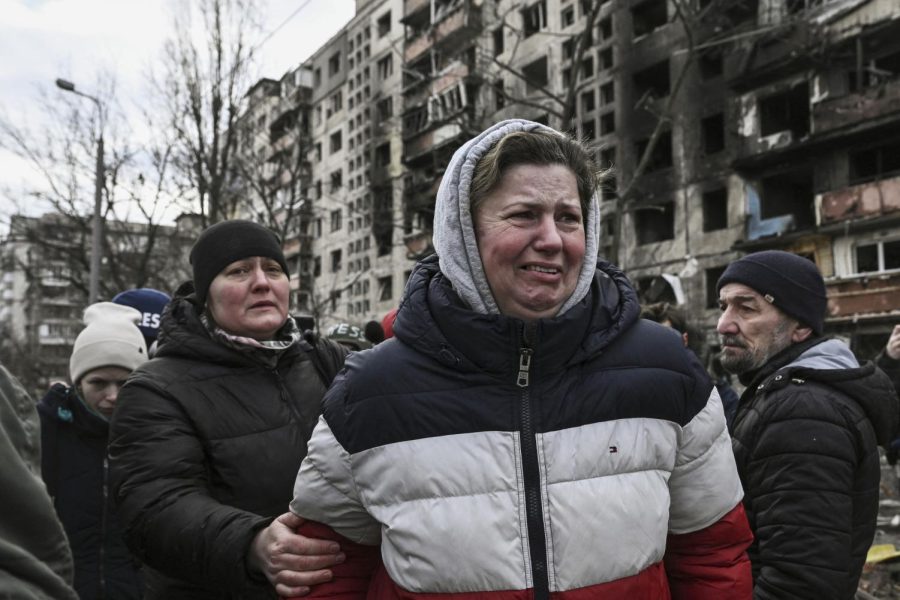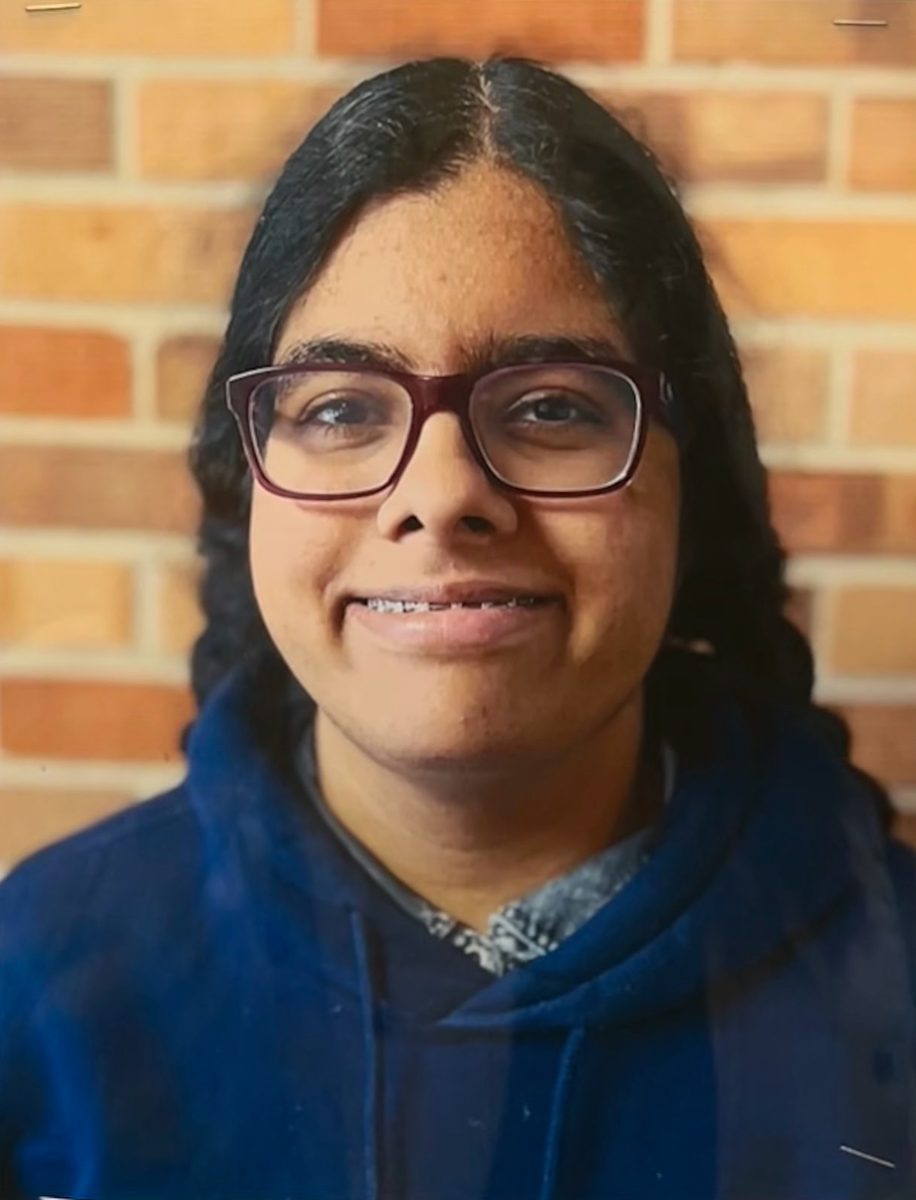Refugees of color face challenges while fleeing Ukraine
March 20, 2022
On Feb. 24, Russian soldiers invaded the Ukrainian-Russian border. Ukrainian foreign minister, Dmytro Kuleba, declared “a full-scale invasion of Ukraine,” in which more than 400 missiles have been launched beginning on March 1. Over 2.8 million Ukrainian refugees have emerged from the crisis as of March 14th. Fortunately, most are able to flee to nearby European countries such as Poland, Hungary, Moldova, and Slovakia. But, another issue has been created from the previously existing one: the select permittance of refugees into European Union (EU) borders.
With over 2% of Ukraine’s population leaving the country, the handling of refugees is of extreme importance. The EU has implemented the Temporary Protection Directive to allow Ukrainian refugees the right to move freely within the EU. Yet, non-Ukrainian citizens face the issue of the EU’s reluctance to accept non-Europeans into their borders. After a record number of 1.3 million asylum-seekers entered Europe in 2015 alone, the EU has been substantially more strict on border policies. Since then, refugees of color have been faced with significant hostility in their entering of EU borders.
Discrimination against refugees isn’t new, especially in Europe. During the Syrian Refugee Crisis, hundreds of thousands of people left their countries in search of asylum. Those who requested asylum were mostly Syrian, but also included Afghans, Nigerians, Pakistanis, Iraqis, and Eritreans. The flow of refugees was caused by several conflicts in the Middle East, Asia and Africa. The entrance of people from different countries was seen as an “invasion” of different cultures. Numerous anti-migrant policies and xenophobic rage sprung up throughout Europe. For example, the Hotspot System was implemented by the EU in 2015, and filtered and labeled refugees who arrived in the EU by sea as “asylum-seekers” and “economic migrants.” Southeastern and central European countries, that allowed passage to Central Europe from the Aegean Sea, reacted to the crisis by shutting down their borders to neighboring countries.
UN Special Rapporteur, Tendayi Achuime, expresses her concerns about the treatment people of color are facing while fleeing Ukraine.
“The reality is that non-white migrants and refugees face deadly discrimination all over the world as they attempt to cross international borders.The images and testimonies from non-white people attempting to flee Ukraine attest to this fact, and they should motivate immediate action to ensure that racist and xenophobic treatment — whether official or unofficial — is brought to an end,” Achuime said.
Reporters like Achuime reflecting on the voices of refugees of color are essential for change in the EU policies.
Fleeing to Lviv on Feb. 27, Grace Kass, a 24-year-old makeup artist from the Democratic Republic of the Congo, told TIME that she and other African women were forced to board the trains only after white women and children, while waiting in the snow. Unfortunately, Kass was one of many people that reported similar situations of inequality. Many other people of color on the border of Poland were interviewed, and described discrimination by Ukraine, a country that once welcomed them with benevolence.
Africans make up more than 20% of Ukraine’s international students, studying in various parts of the country. Students, especially from Africa and South Asia, have reported being treated unfairly at borders.
Nigerian medical student Freedom Chidera told NPR about the harsh treatment she received.
“I’ve been through a lot in Polish border,” Chidera said. “I mean, that’s the worst experience in my life. I called my mother. I was crying.”
In the future, Ukrainian refugees are expected to end up as permanent residents of their host countries. Neighboring countries of Ukraine that are in the EU are allowing refugees of color, but with unwillingness. The EU’s hesitance is likely to create increased tension within host countries.




